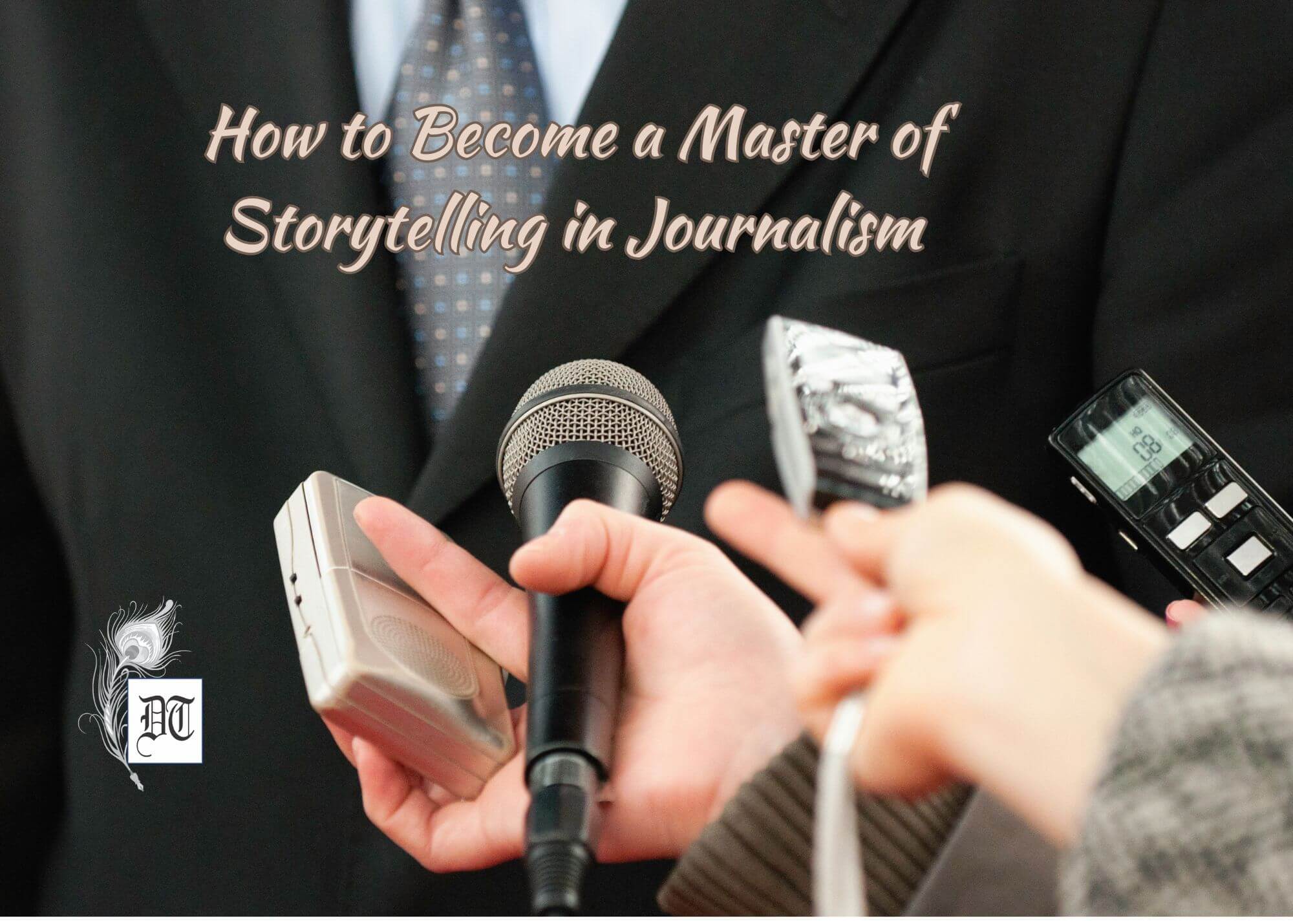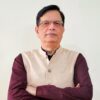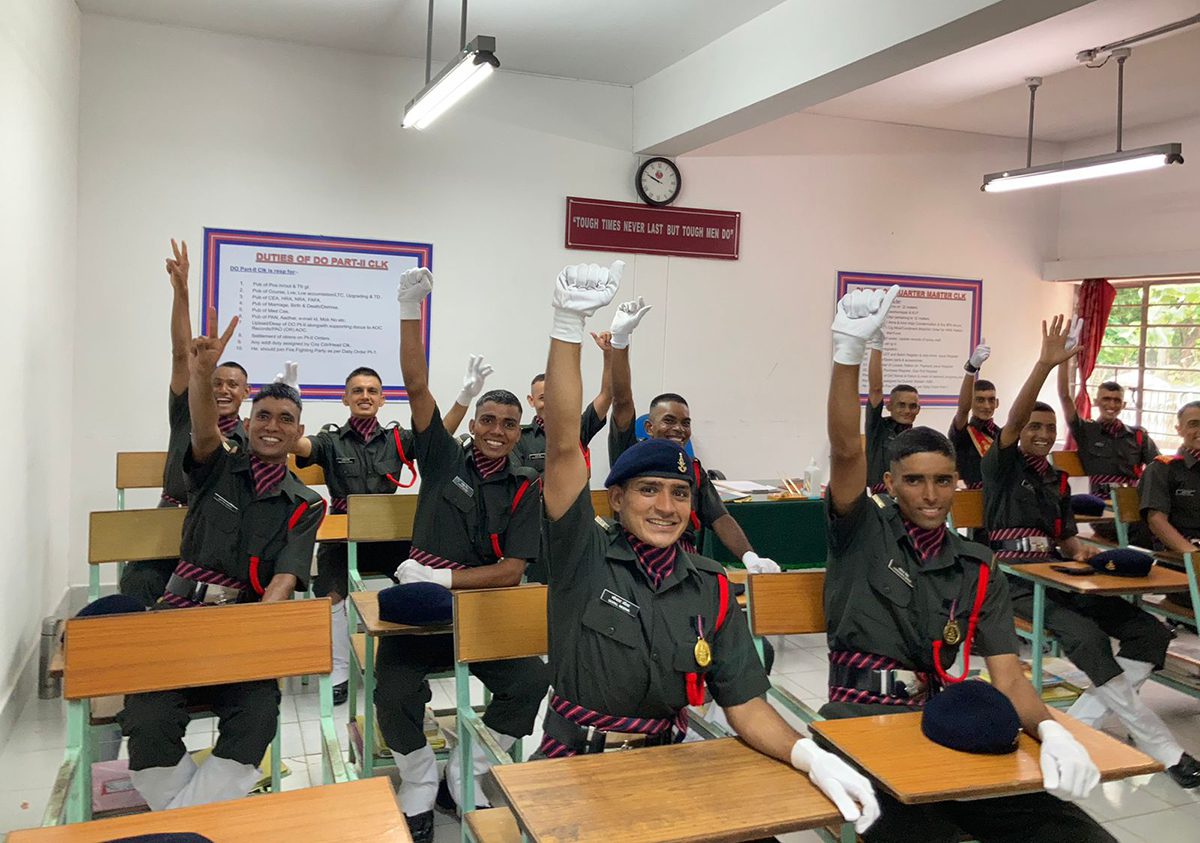Nirmal, a human rights activist, had a firsthand experience of working in a Madrasa, in Varanasi. He recounts his experiences to Different Truths.
In 2008, PVCHR worked with Madrasa to enhance their quality education. Madrasa is a religious education institute in which the Muslims ensure that children acquire the knowledge of Islam, along with skill-based knowledge. Madrasas are meant for theological students. These produce scholars.
In Vanarasi, these Madrasas have played an important role in the propagation and dissemination of Islamic practices, protection of Islam’s faith, developments of literature, culture, and leading life with dignity. In this backdrop, PVCHR worked with these institutions for imparting quality education. Religious book alone cannot teach all the aspects of life so PVCHR support teaching methodology-training and training of technology-based education (ITE) for Madrasa’s teachers. For ITE, the Tata Trust and PVCHR provided laptops and other necessary furniture.
Before visiting Madrasa, I had no idea how students get education in Madrasa and what was the teaching method. In Nepal, I never had a chance to visit such an institution. I had lots of queries. I visited Madanitul Asharaf Azim Nangar Madrasa, on February 10, 2016.
When I entered the Madrasa, students and teachers were busy in their classes. Shatab Sahin, one of the teachers supported by PVCHR, welcomed me with a cup of tea. She briefed me about the education system of Madrasa. There were classes from I to VIII, with 260 students and eight teachers in that institution. They taught Urdu, Dinyad (religious studies), Hindi, Math, Art, Science, History and Geography. Students of VI to VIII grades got computer education as well.
I met with student of class VIII. We exchanged salutations. He wished me, “Salam Walikum.”I replied, “Walikum e Salam.”It was a new experience. As they introduced themselves, I found their names difficult to pronounce, so I called them brothers and sisters. They shared their experiences after joining IT education with me. They learned the computer applications. It made them technologically aware and savvy.
For instance, one student needed to find out the distance between Vanarasi and Lucknow. So she searched on Google and got the information. They felt that IT education increased their personal growth and development. They also asked some questions about my country, Nepal and me.
After that I met with students of class VII. All of them were clean, so was their classroom. They were aware on health and sanitation issues. They sang some religious songs and narrated religious stories. It was helped me understand Islam and the Madrasa education better.
Sahin shared her experiences of teaching in a Madrasa. She had eight years teaching experience. She came in contact with PVCHR three years ago. Before joining PVCHR, she had no idea of how to teach properly and effectively. She never made lesson plans, which created problem to complete the syllabus. But in the last three years, she received several trainings on effective teaching learning method. Now, she completed the syllabus and she had free time for revisions. She shared her knowledge with her colleagues too.
Text and pix by author




 By
By
 By
By
